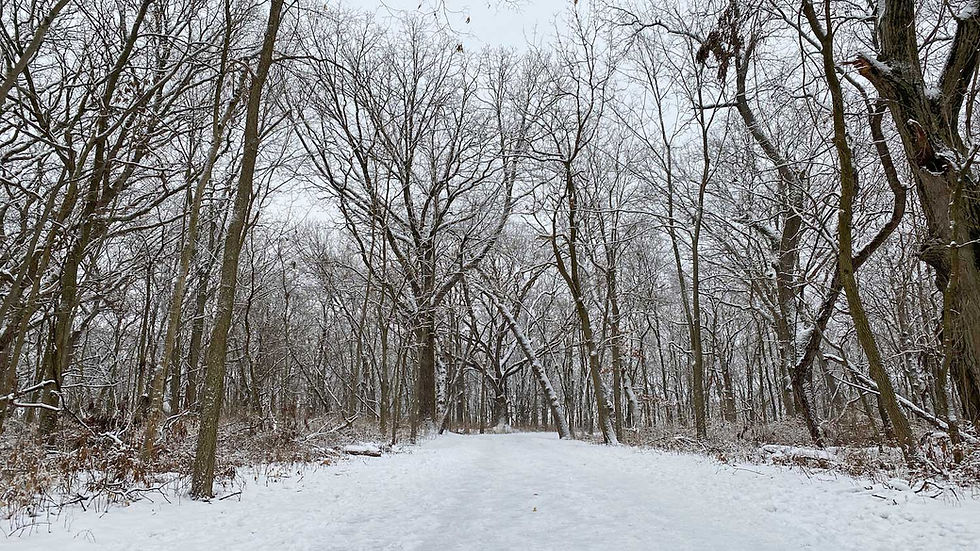Trees are always present in our landscapes, a familiar comfort as they change with the seasons. Through it all, they endure the most extreme weather Mother Nature throws their way. They can't escape blistering heat waves, pounding thunderstorms or the most punishing cold and snow. So how are they able to withstand such frigid conditions each winter?

To start, it helps that their roots, which are vital to their health, are mostly below ground. Because of this, they are insulated by the soil and, oftentimes in winter, a layer of snow.
Above ground, a large part of a tree's ability to survive winter depends on what type of tree it is. There are two basic types of trees: deciduous trees, which have leaves, and coniferous trees, which have needles and cones.
In cold-weather climates, most deciduous trees lose their leaves each winter, which is key to their survival. For the most part, coniferous trees do not lose their needles, although they do shed damaged or old needles. And a few coniferous trees do lose all their needles each year.
For deciduous trees, winter preparations start in late summer, when they begin to undergo changes in anticipation of shedding their leaves in the fall. For these trees, their leaves are the primary way they lose water. And water is essential for the health of all trees. Deciduous trees shed their leaves to help conserve water and protect them from the harsh winter weather. Coniferous trees don't need to shed their needles each year because the shape and size of the needles minimizes water loss. Plus they have a waxy coating that also helps prevent water loss.
Words to know
Anticipation: To act in expectation of something.
Coniferous: Cone-bearing trees.
Deciduous: Trees that shed their leaves annually.
Membrane: A thin sheet of tissue that acts as a boundary of lining within a living thing.
Viscous: Having a thick, sticky consistency.
Like many living things, trees contain a lot of water. They are about 50% water, although that figure goes down slightly in winter. Because of their water content, it's important that their cells don't freeze, because it would damage the woody tissue. Trees are able to avoid this damage in a few ways. First, their cell membranes become more flexible in winter, allowing water to more easily move in and out. In winter, trees also convert starches to sugars, which lowers the freezing point. And the liquid contents of the cells become more viscous and hard to help protect against the cold.
It's vital that a tree's cells don't freeze in winter, but it's only true of living cells. Much of a tree's trunk is made of dead cells. These cells still are important to some necessary tree functions, but freezing won't interfere with their function or harm the tree.
Bark helps in winter too. It insulates trees and protects the wood underneath from cracking in freezing temperatures. Dark-colored bark also helps by reflecting light and dispersing heat from the sun.
Even with all these strategies to help survive winter, trees do sometimes succumb to the harsh conditions. When it gets too cold for trees to survive, they can explode. This happens because the sap in the tree freezes. The sap contains water, and as the water freezes it expands and puts pressure on the bark. Eventually, the pressure is too much for the bark to withstand and it breaks apart, causing an explosion.
These tree explosions don't just occur when it's too cold for the tree. It can also happen if it gets too cold too fast and the tree hasn't had time to prepare itself for the frigid weather.
____________
Follow Willy's Wilderness on Facebook for more kid-friendly nature stories and activities.


Comments